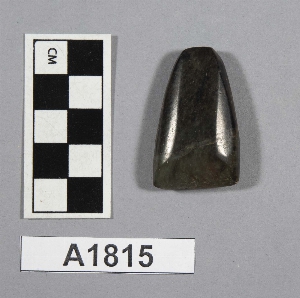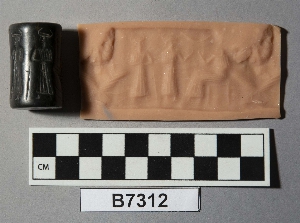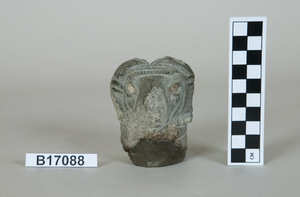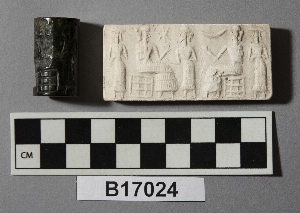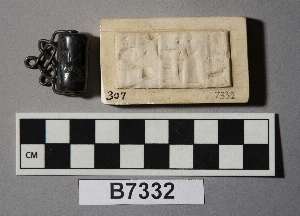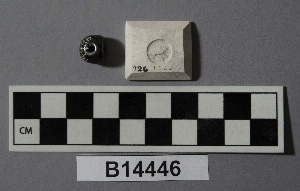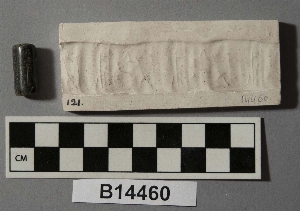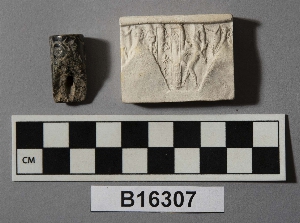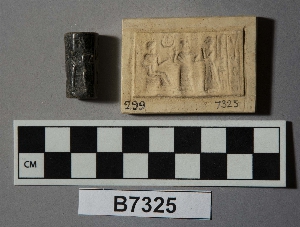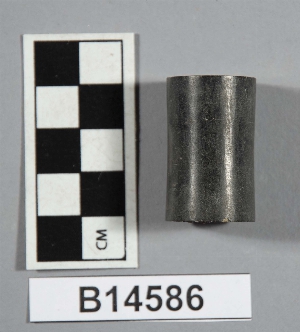Search Collections
- Object[293]
- yes[293]
- near eastern[293]
- amulet[6]
- axe[2]
- bead[4]
- beads[5]
- bowl[83]
- bowl fragment[1]
- bowl sherd[1]
- cast[2]
- celt[9]
- chisel[2]
- cup[1]
- cylinder seal[108]
- cylinder seal fragment[1]
- door socket[8]
- duck weight[3]
- game piece[3]
- handle[1]
- human statuette[2]
- inlay[2]
- inscription[1]
- jar[1]
- lid[1]
- macehead[2]
- pendant[3]
- pestle[1]
- pot[1]
- relief[1]
- ring[1]
- rubbing stone[1]
- scarab[1]
- scarab seal[1]
- seal (object)[1]
- staff head[1]
- stamp seal[11]
- statue[2]
- statue fragments[3]
- statuette[3]
- string of beads[3]
- token[2]
- tumbler[2]
- weight[14]
- al 'ubaid[3]
- asia minor[3]
- baghdad[1]
- beth shean[3]
- beth shemesh[1]
- cheka sabz[1]
- diqdiqqeh[7]
- edessa, turkey[6]
- finland[2]
- iran[4]
- iraq[267]
- israel[4]
- khafaje[4]
- near east[7]
- nippur[18]
- nyland[1]
- reijiba[2]
- tello[1]
- tepe gawra[1]
- tepe hissar[3]
- turkey (country)[6]
- ur[220]
- viborg government[1]
- akkadian[2]
- assyrian[3]
- babylonian[2]
- byzantine[1]
- early arabic[1]
- early babylonian period[1]
- early dynastic[1]
- early dynastic iiib[2]
- early old babylonian period[1]
- first dynasty[4]
- hellenistic[1]
- hellenistic period[1]
- hissar iiic[3]
- hittite[3]
- iron age iib[1]
- jemdet nasr[4]
- kassite[1]
- kassite period[1]
- lagash ii[1]
- martu period[5]
- middle babylonian period[1]
- minor dynasty[1]
- old babylonian period[5]
- persian[1]
- pre ur iii[1]
- pre-dynastic[1]
- pre-sargonic[1]
- prehistoric[1]
- roman[1]
- roman period[1]
- sargonic[1]
- sargonid[2]
- ur i[1]
- ur iii[13]
- cappadocian[1]
- cypriot[1]
- hellenistic[1]
- neo-babylonian[1]
- roman[1]
- 4 to 5 metres, rubbish levels. p.g. drawn by an antelope (?)[1]
- a.h. g 34[1]
- a.h., part of house 19, level ii[1]
- b.c.[1]
- brought in from diqdiqqeh[1]
- cross wall of graeco-roman temple[1]
- diqdiqqeh[2]
- dump[1]
- found 3 1/2 to 5 1/2 m. below brick pavement dated ca. 3100 b.c. in the prehistorical settlement. between flood and royal graves. at n.w. limit of p.g.[1]
- g. 294 a.h.[1]
- g. 56 n.h. 2[1]
- grave 304, in small vase[1]
- loose soil south of ruins, west of shatt-en-nil[1]
- pd, entrance room 1.[1]
- period iii c[3]
- pft. d 5 - 930[1]
- pft. d 6 - 900[1]
- pg 1015[1]
- pg 1652[1]
- pg 1845, burial h[1]
- pg larsa rubbish[1]
- sis 7, ad[1]
- altar?[1]
- animals[1]
- antelope?[2]
- bird[2]
- boat[1]
- border[1]
- bottle[1]
- branch[2]
- bull[8]
- bulls[1]
- cartouche[1]
- chariot[1]
- club[1]
- combat[2]
- contest[1]
- crescent[6]
- deity[3]
- demon head[2]
- dot[1]
- dragon[4]
- duck[1]
- duck?[1]
- dwarf[1]
- eabani[2]
- eagle[6]
- emblem[1]
- enanatumma[1]
- enkidu[1]
- frog[1]
- fruit[1]
- gate[1]
- geometric pattern[1]
- gilgamesh[9]
- goat[2]
- god[10]
- goddess[2]
- goddess?[1]
- goddesses[1]
- goose[4]
- gudea[1]
- hero[2]
- heroes[2]
- human[1]
- human figure[4]
- hunter[3]
- hut[1]
- ibex[5]
- inscription[4]
- jaw[1]
- libation scene[1]
- lion[16]
- male head[1]
- man[3]
- martu[2]
- monkey[2]
- mountain[2]
- name[2]
- nannar[2]
- nindada[1]
- ningal[1]
- nose[1]
- nude man[1]
- palm[3]
- pazuzu head[1]
- pole[1]
- pot[1]
- priest[1]
- priestess[1]
- ram head[1]
- scorpion[7]
- seated figure[1]
- seated god[7]
- seated goddess[5]
- seated woman[1]
- servant[1]
- shrine[1]
- snake[1]
- solar hero[1]
- spider[1]
- stag[1]
- standing figure[1]
- star[2]
- swan[1]
- swan?[1]
- tree[3]
- turban[1]
- vase[3]
- votary[4]
- weapon[1]
- wings[1]
- woman[1]
- worshipper[21]
- worshippers[1]
- actual citation[46]
1 - 32 of 293 Records
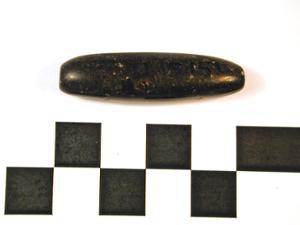
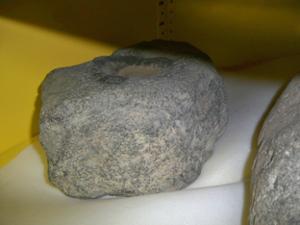
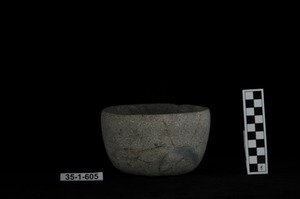
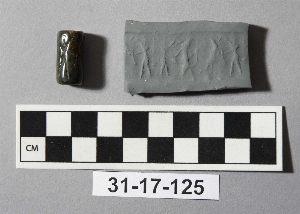
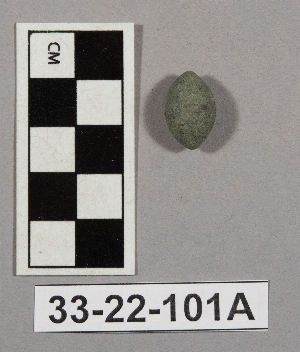
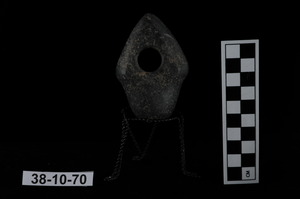
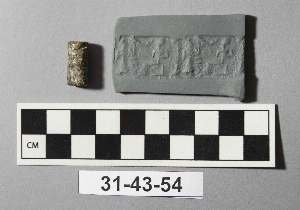
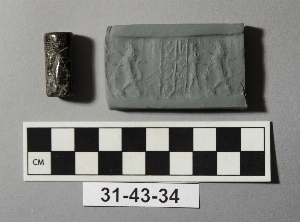

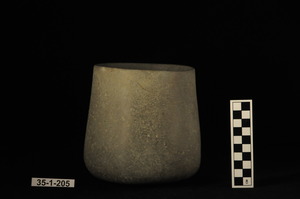
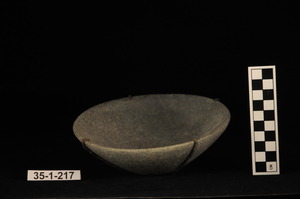
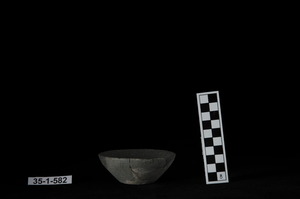
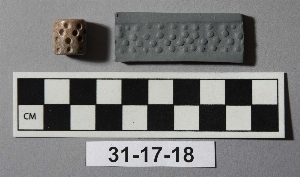
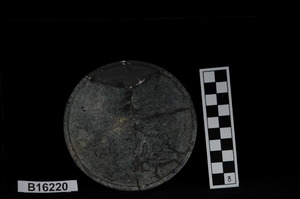


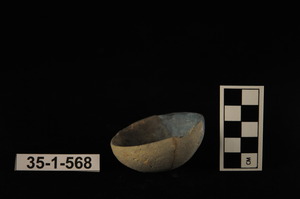
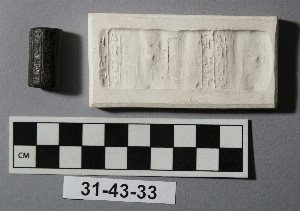
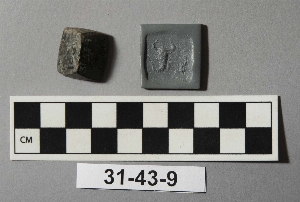
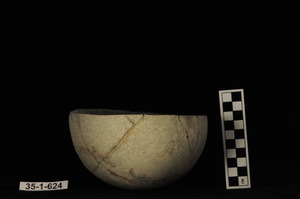
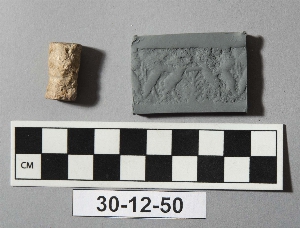
1 - 32 of 293 Records


